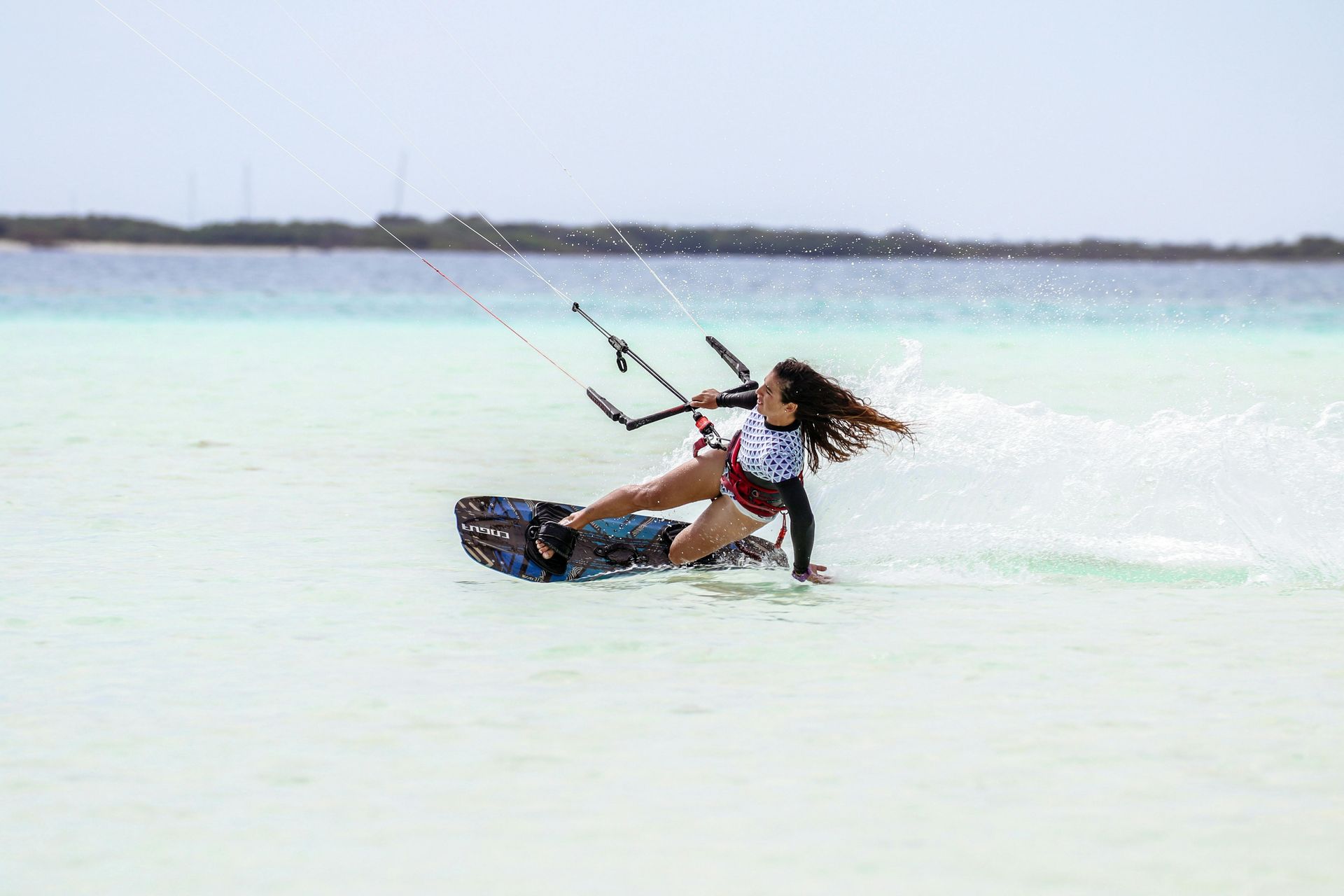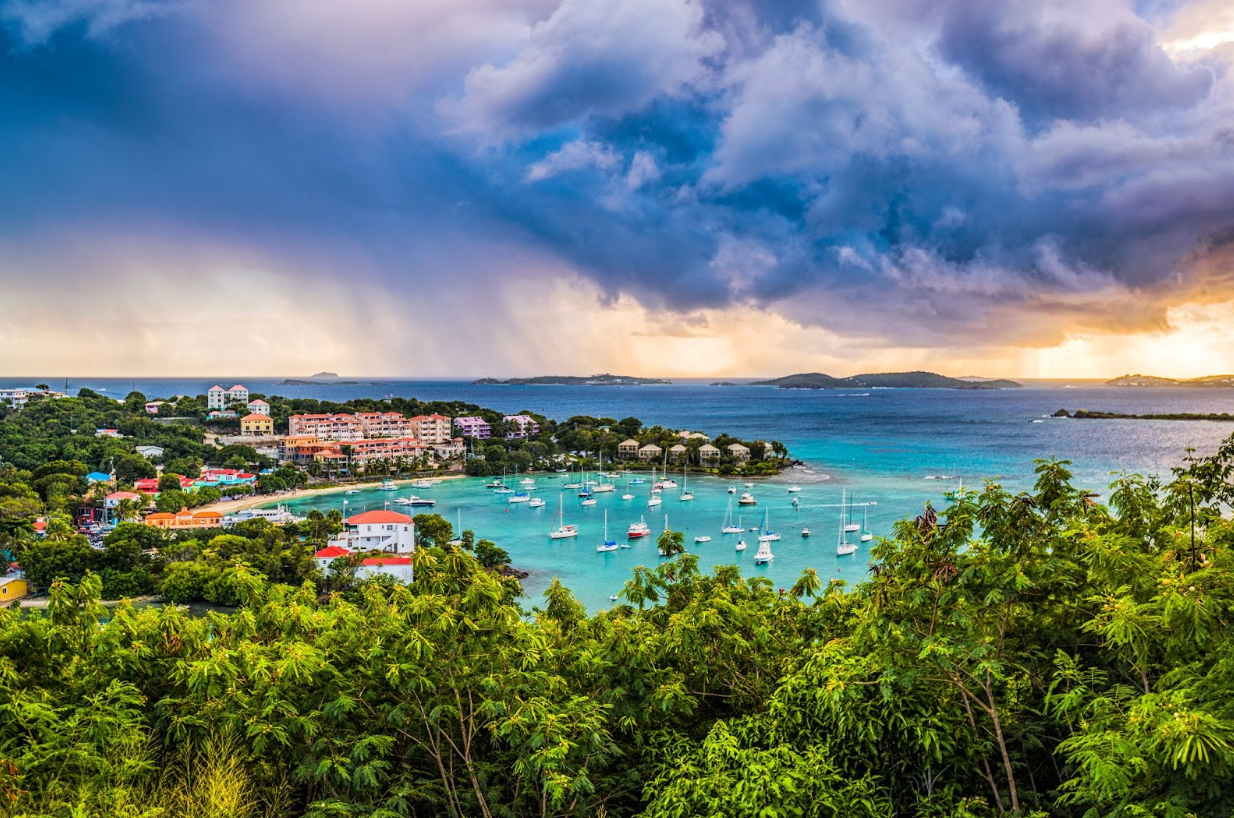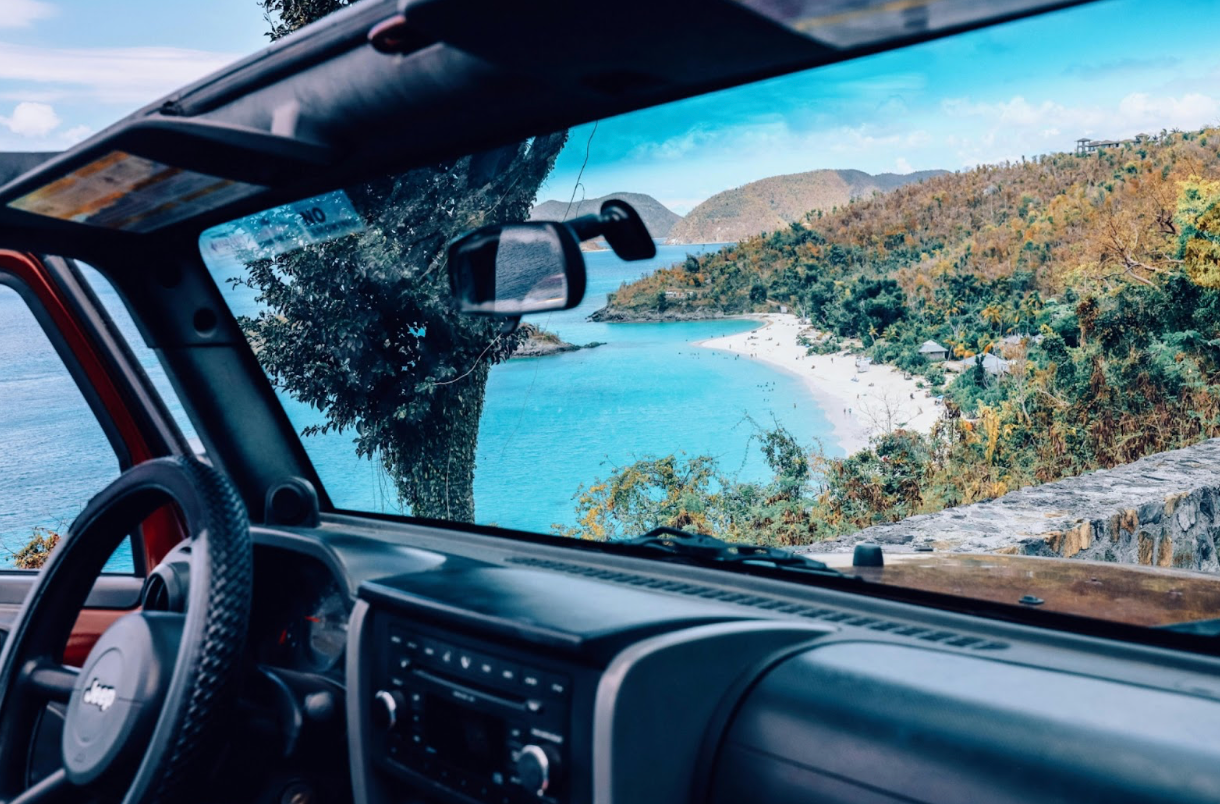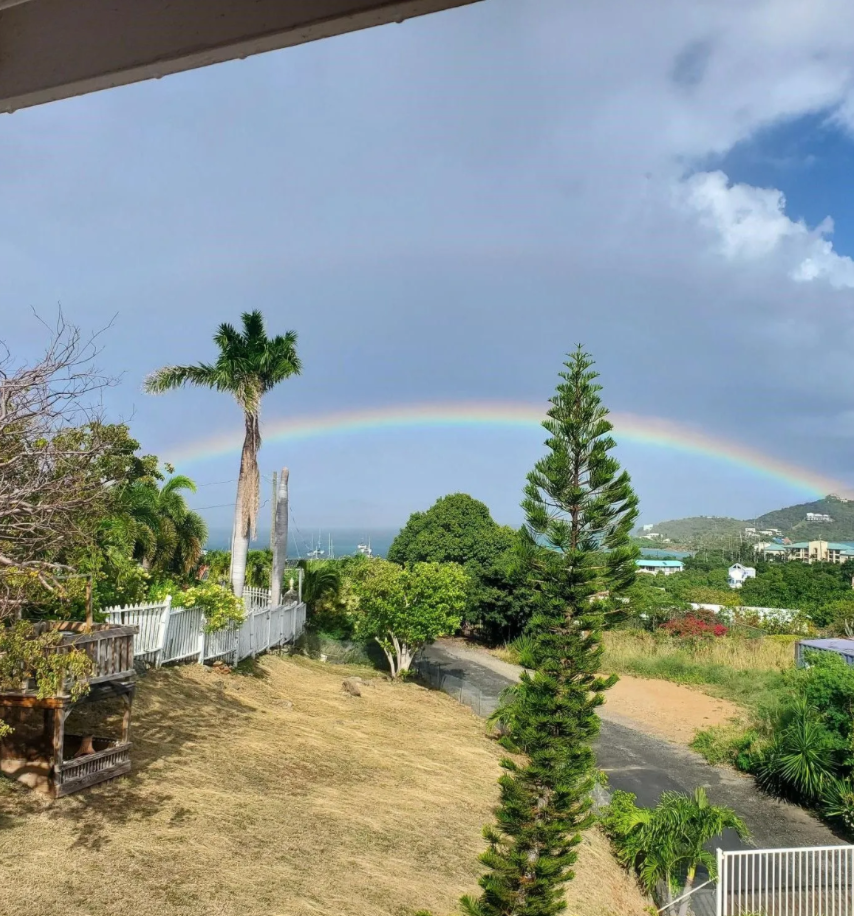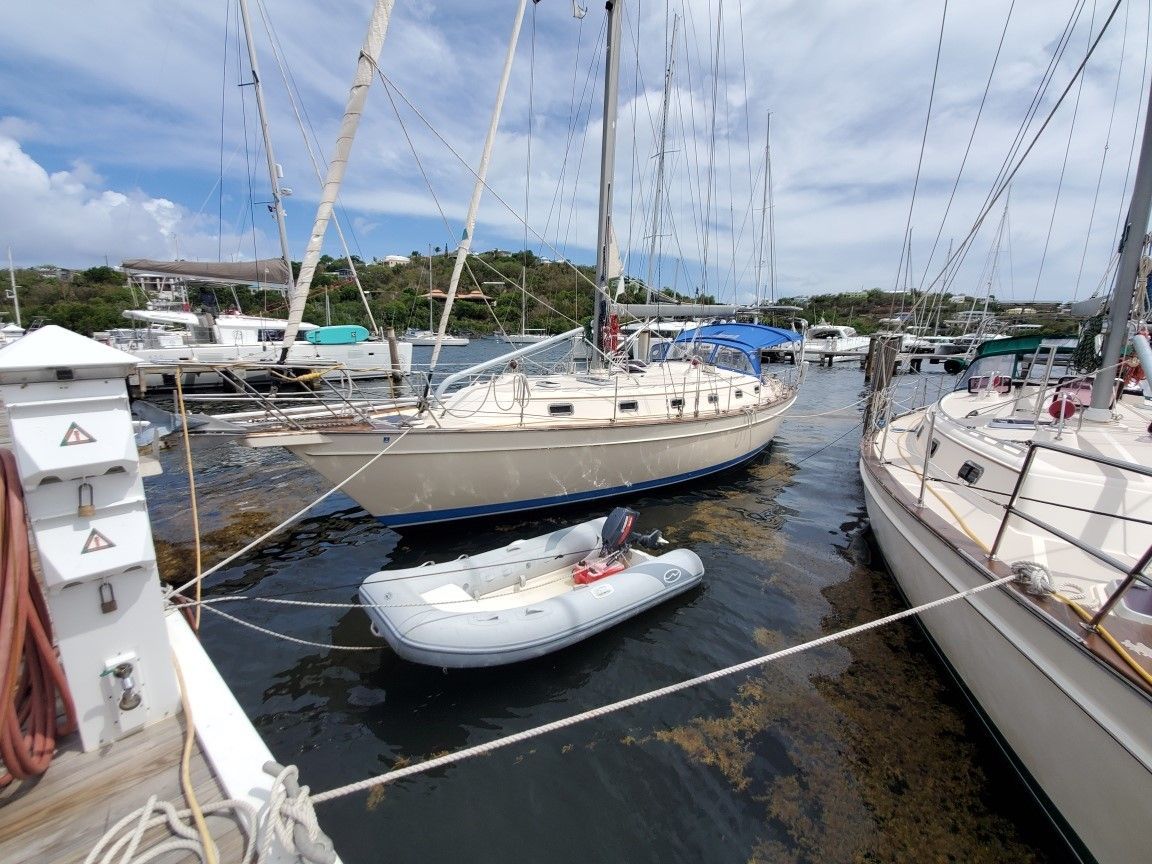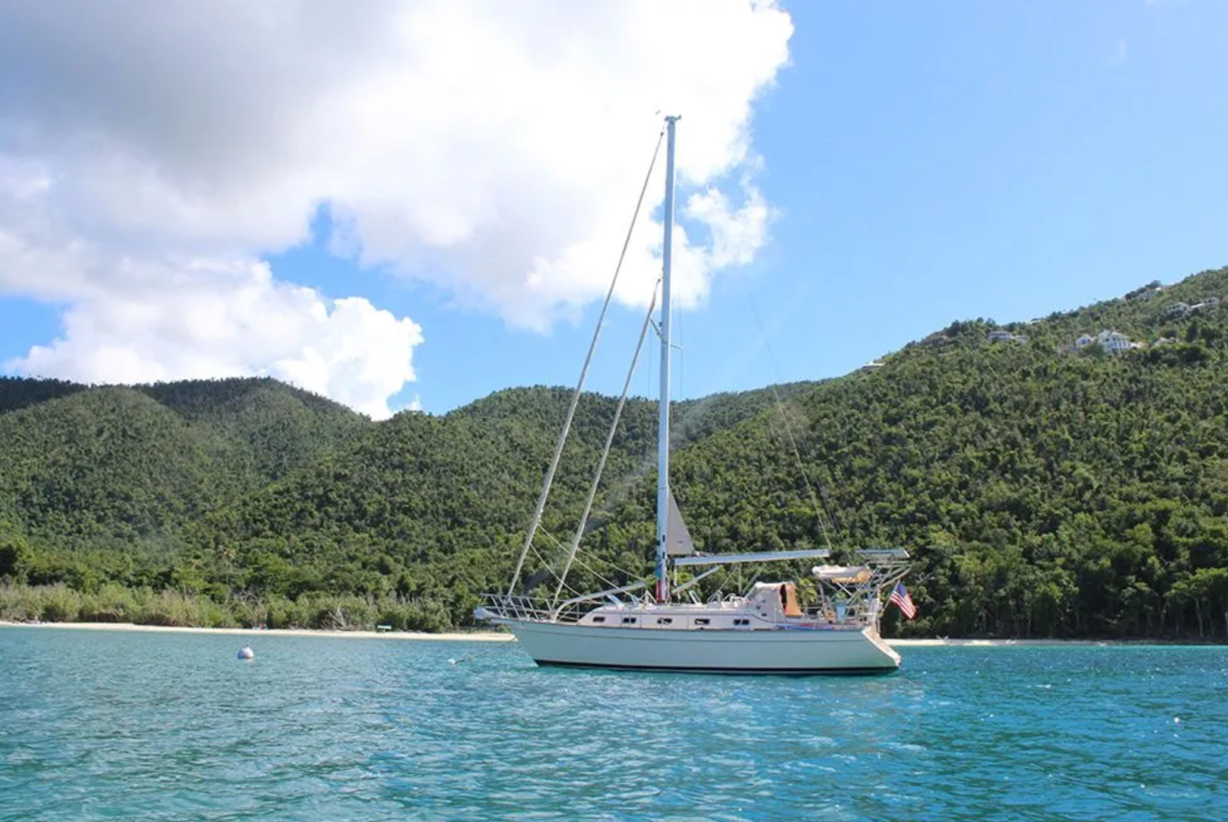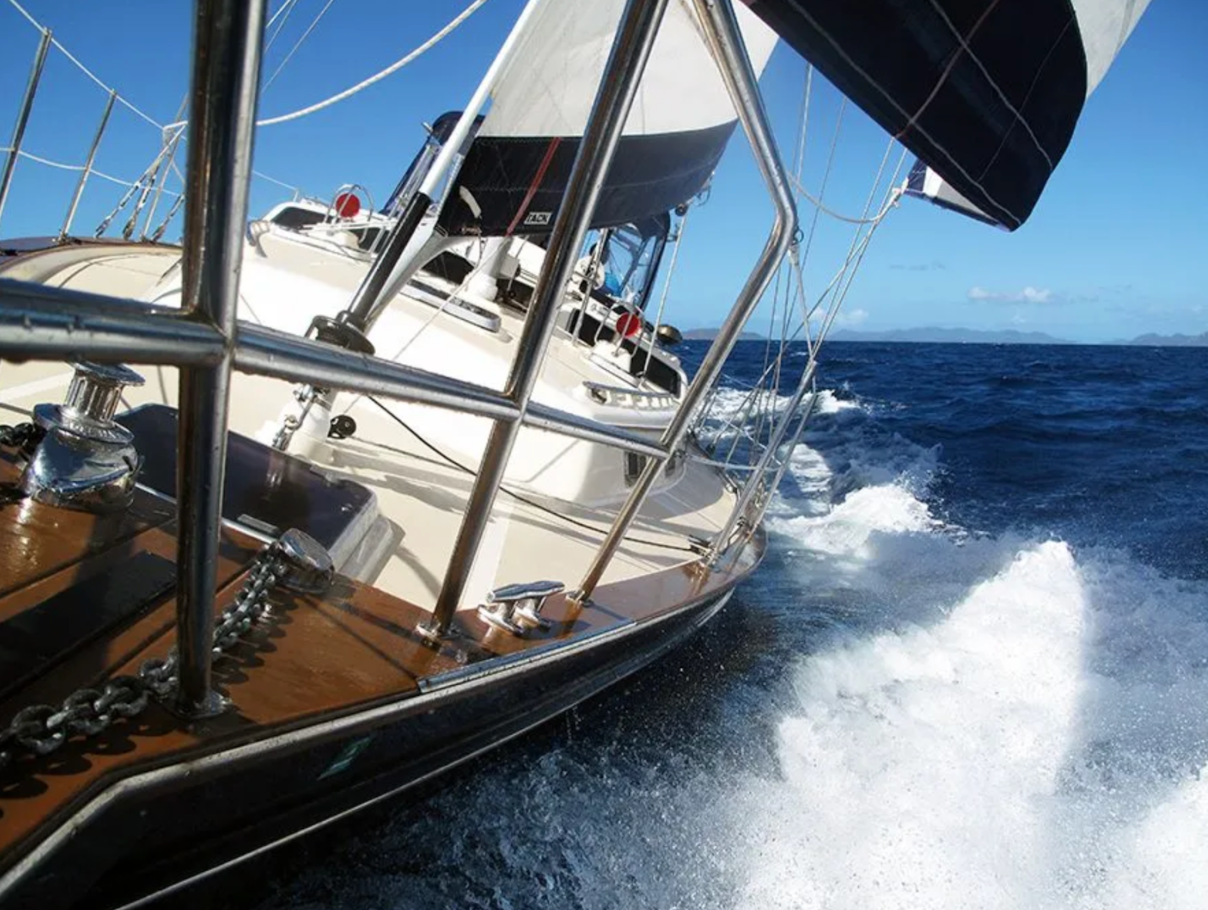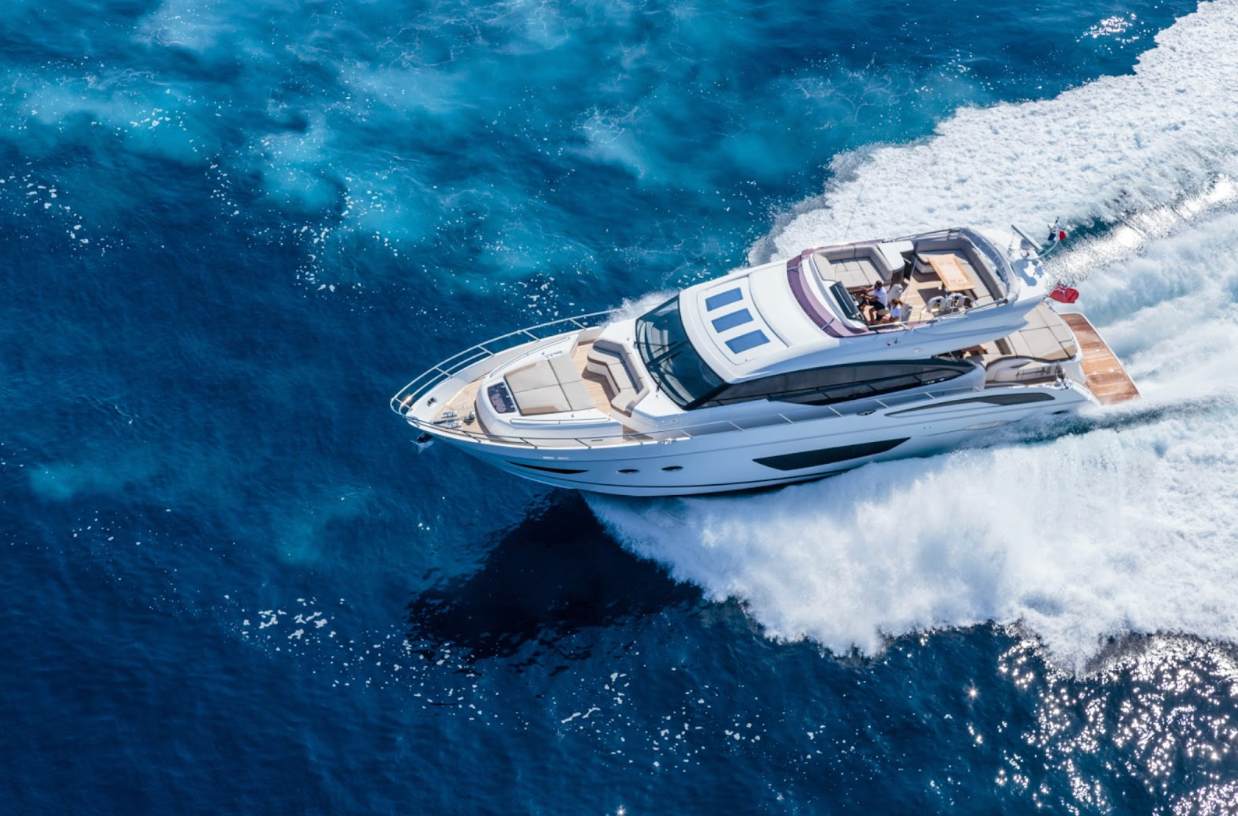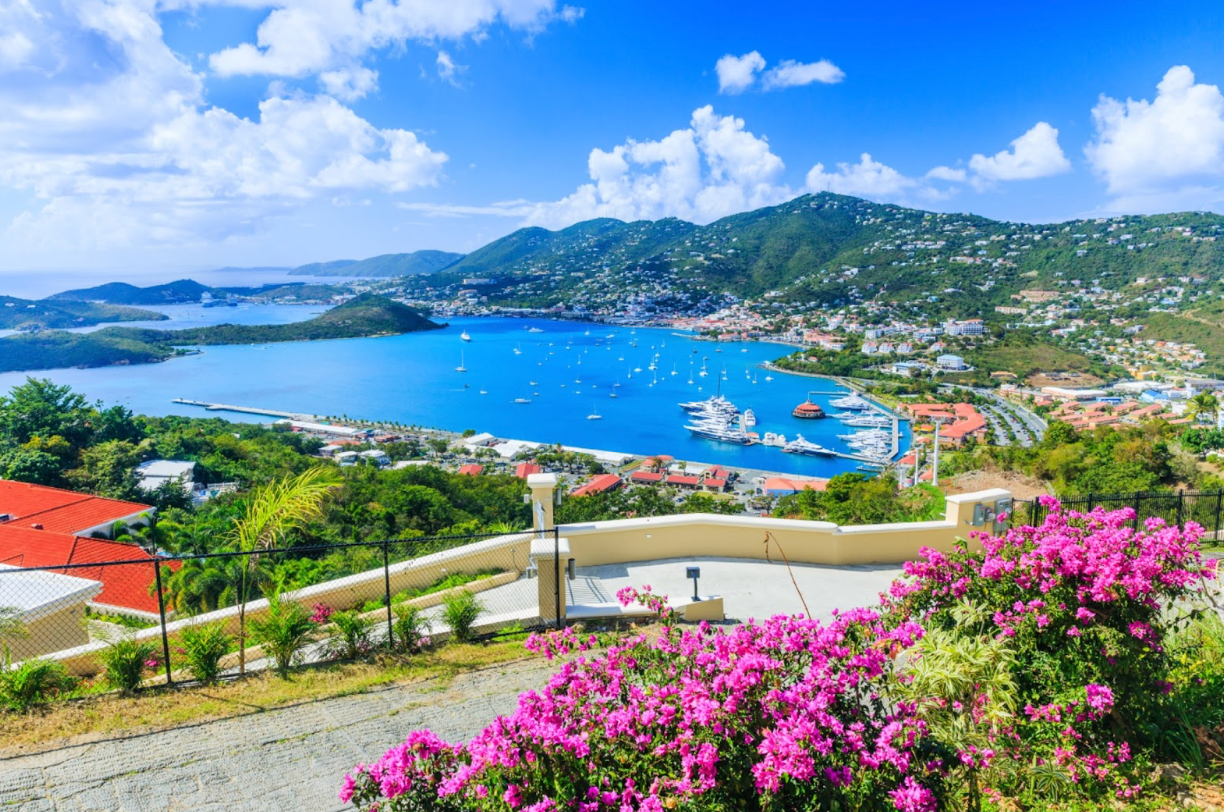Island yacht Charters
Essential Safety Tips for Sailing in the U.S. Virgin Islands
Sailing through the breathtaking waters of the U.S. Virgin Islands (USVI) is an experience like no other. With crystal-clear waters, secluded coves, and ideal sailing conditions, it’s a dream destination for sailors of all levels. However, ensuring a safe and enjoyable voyage requires careful planning and awareness. Whether you’re
chartering a yacht
or
navigating on your own, following essential safety precautions will help you make the most of your adventure while keeping risks at bay.
Checking the Weather Conditions
The Caribbean is known for its beautiful
weather, but conditions can change rapidly. Before setting sail, always check the marine forecast. Wind speed and direction, wave height, and potential storms or tropical disturbances should be monitored closely. The best time to sail in the USVI is during the winter and spring months when the risk of hurricanes is low, and the trade winds are steady but manageable. Utilize
NOAA weather reports, local radio broadcasts, or apps like Windy and PredictWind for real-time updates to ensure you’re sailing in safe conditions.
Planning Your Route and Having a Backup
Before you depart, it’s important to map out your itinerary with safe anchorages and emergency alternatives. Some of the most popular sailing destinations in the U.S. Virgin Islands include St. Thomas, known for its vibrant nightlife and shopping in Charlotte Amalie Harbor; St. John, with its serene anchorages in Maho Bay and Trunk Bay; and St. Croix, home to Buck Island and its incredible snorkeling spots. Having an updated nautical chart, whether digital or paper, is essential. Be aware of no-sail zones and shallow waters to avoid running aground and always have an alternate plan in case weather conditions change unexpectedly.
Inspecting Your Vessel Before Departure
A thorough boat check is essential for a safe journey. Before leaving the dock, inspect the engine and fuel levels, navigation lights, GPS, life jackets, emergency flares, fire extinguishers, first-aid kits, bilge pumps, and communication devices. If you’re chartering with
Island Yacht Charters, their experienced team ensures your vessel is in top condition, but it’s always wise to double-check before setting off.
Following Local Boating Regulations
The U.S. Virgin Islands have specific maritime laws designed to protect sailors and marine life. Some key regulations include speed limits in harbors and mooring areas, restrictions on anchoring in coral reefs to preserve the ecosystem, mandatory use of holding tanks for waste disposal, and proper clearance when arriving from foreign waters. Familiarizing yourself with these rules helps prevent fines and ensures the preservation of the islands’ natural beauty.
Staying Aware of Marine Traffic and Hazards
The waters around the U.S. Virgin Islands can be busy with ferries, fishing boats, and other yachts. Always maintain a safe distance from other vessels and use your VHF radio to communicate with nearby boats. Be cautious of submerged reefs and shallow waters, particularly in areas like Pillsbury Sound between St. Thomas and St. John, where strong currents and heavy boat traffic require extra vigilance.
Practicing Safe Anchoring and Mooring
Proper anchoring is crucial for safety and protecting the environment. When anchoring, choose sandy bottoms to avoid damaging coral, ensure your anchor is set securely to prevent drifting, and use mooring balls when available, especially in protected marine parks. Many bays in the USVI, provide mooring buoys to minimize environmental impact.

